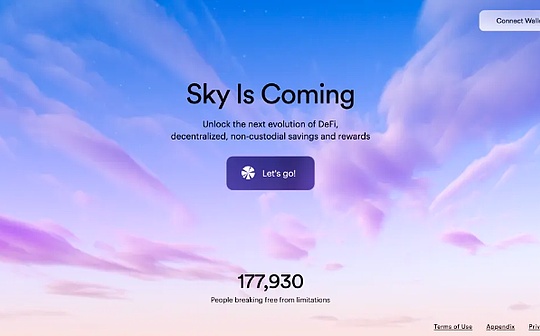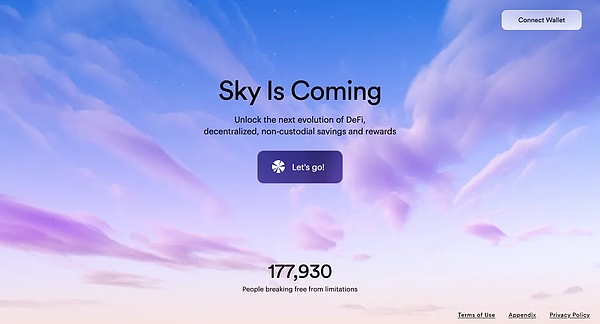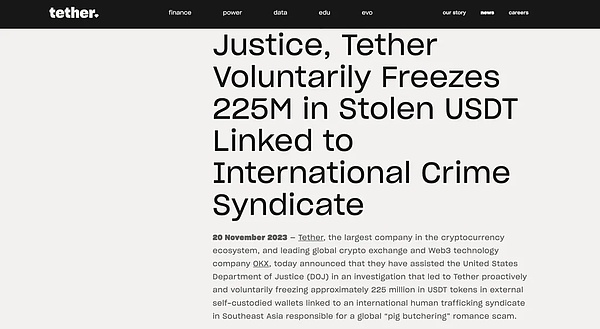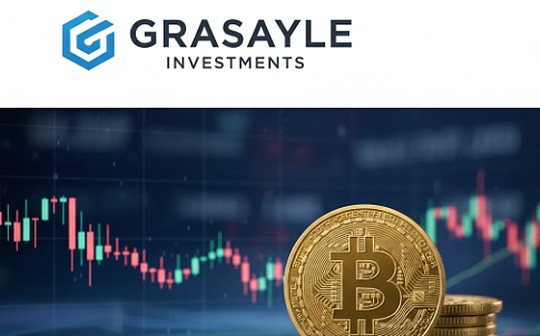
Source: Mankun Blockchain Law
The currency circle must not have no stablecoin, just like the West without Jerusalem.
Stabilizing currency is a bridge connecting the traditional financial and crypto world. It provides stable value storage and trading medium for the drastic cryptocurrency market with price fluctuations. Whether it is cross -border payment, smart contract transactions, or the operation of the DEFI project, the stablecoin is in itPlaying an irreplaceable role has become an indispensable part of the currency circle.According to the latest data of Coin Metrics Network Data Pro, the total supply of global stablecoins is close to 161 billion US dollars, and this number is closer to the highest level of history.According to the data released by overseas cryptocurrency trading agencies Hashkey Group, in the past four years, the volume of stable currency transfer has increased 17 times in the past four years, from US $ 17.4 billion in the second quarter to $ 4 trillion.On July 17, 2024 alone, the total transaction volume of the global stable currency market reached 87 billion US dollars, accounting for 91.7%of the entire cryptocurrency market transaction volume, of which the maximum transaction volume currency was USDT, reaching 83.3%.
However, it is ignored by users of many currency circles that the stablecoins such as USDT, such as USDT, are issued by centralized institutions and seriously rely on the daily management and operation of the centralized institution.There is no essential difference between banknote money.Although the decentralized stablecoin (such as DAI) was once the “hope of the whole village” in this field, recently MakerDao has been upgraded to Sky Protocol. At the same time, the new stablecoin USDS and the introduction of frozen functions have once again triggered the stable currency about stable currency.The arguments of ownership and decentralization are even the disillusionment of decentralized stable coins.
The disillusionment of decentralized stable currency?
MakerDao used to be a symbol of decentralization ideals in the DEFI field. The DAI launched is a stable currency that is not controlled by centralized control.However, with the launch of USDS, this ideal seems to be challenging.
According to reports, USDS may introduce a freezing function similar to centralized stable currency USDT and USDC. Under certain circumstances, USDS’s issuer or related governance entities can freeze users’ funds. This is obviously “running down” with the original intention of decentralization.Essence

*Source: Sky Protocol’s official website
In the traditional financial system, banks and government have the power to freeze accounts, which are usually to combat crimes or cope with emergency situations.However, when this frozen function is introduced into a stable coin, this will make the holders of stable coins have to face an uncertain future -their funds may be by a center of the center at any time.The agency is locked on the chain.
With the popularization of blockchain technology, governments of various countries have become stricter to supervision of encrypted assets. For example, USDT (Tether), as the world’s largest and most widely used stablecoin, can often see its cooperation with regulatory agencies, freezing or frozen or freezingNews of USDT assets in certain wallet addresses.For example, in 2023, Tether frozen USDT worth millions of dollars. These addresses are related to certain criminal activities. In a official statement, Tether made it clear: “We cooperate with global regulatory agencies and law enforcement agencies under appropriate circumstances., Based on the technical principle of combating and preventing criminal behaviors. “The technical principles of” smart contracts are controlled by smart contracts, Tether retains the “blacklist” function permissions for USDT contracts, and can add certain addresses to blacklists to prevent these addresses from these addresses.USDT is transferred or redeemed.

*Source: Tether’s official website
The designer of USDS claims that the freezing function is to prevent risks and ensure compliance.But this also triggered a fundamental problem: if a decentralized stablecoin can be controlled remotely, and this centralized control allows users to rely on the issuer’s goodwill and compliance to some extent, rather than the compliance of the publisher, rather than notIt is completely controlled by users.
So, what is the difference between it and the centralized currency in the traditional financial system?
Does DEFI have a future?
This time MakerDao’s brand upgrade is to make friends from the Defi community break the heart. After all, the core concept of Defi has always been through smart contracts and blockchain technology to achieve financial services without intermediary, so as to provide users with freedom, to provide freedom, to provide freedom, to provide freedom, to be free, and to provide users with freedom.Open financial system.However, the freezing function of USDS and similar compliance measures have broken this ideal to some extent and covered with a shadow of Defi’s future.
First of all, this incident shows,Under the pressure of real world, decentralized financial projects have to make compromises.Although the original intention of decentralization is to reduce dependence on traditional financial intermediaries, with the mainstreamization of encrypted assets, the regulatory requirements of governments of various countries have become stricter and stricter.In order to survive within the regulatory framework, the DEFI project may have to find a balance between decentralization and compliance.In the future, more projects may take similar measures in order to compliance, which will gradually evolve into a “pseudo -decentralized” market led by a few large companies, thereby losing its original innovative vitality and toleranceSex, even losing the original meaning of DEFI.
Secondly,The freezing function and compliance compromise of USDS may lead to further division of the DEFI community.Some users may accept such a compromise, thinking that this is the only way to go to the mainstream and achieve large -scale adoption; and the other part of the user may think that this is a betrayal of decentralization ideals. Choose to turn to a more decentralized projectAnd even give up Defi completely.In this way, the Defi ecology may become more complicated and diversified, but it is also more likely to be affected by division and internal consumption.
Finally, in the long run,The incident may promote deeper innovation and change in the DEFI field.On the one hand, the project party may explore new technical solutions, which can meet the requirements of compliance and maintain decentralized attributes as much as possible; on the other hand, users may pay more attention to truly decentralized projects and promote thisA field is developing in a more pure decentralization direction.In any case, whether Defi still has a future depends on how the industry responds to this crisis and finds a new balance between compliance and decentralization.
As a practitioner of the web3 industry, the simple point of view of lawyer Honglin is that if the mainstream DEFI project is to meet the increasingly rigorous regulatory requirements of the world, it will inevitably introduce a centralized mechanism such as a long -range frozen function like USDS.The requirements of the regulatory authorities are somewhat departed from the original intention of the birth of the earliest Bitcoin. Perhaps the future encrypted assets will continue to fight against the court. If it is pragmatic and compromised, you can hold compliant crypto assets.If you really want to master your own encryption assets, maybe Bitcoin (BTC) is a better choice.







